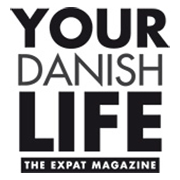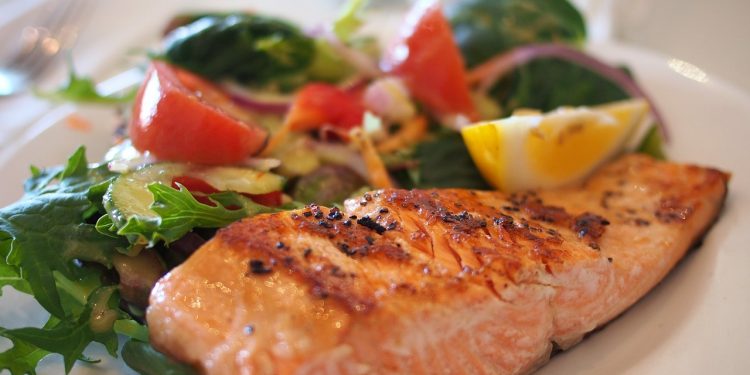Eat your way to a larger vitamin D intake
Other than taking a vitamin D supplement, you could try to look at your diet and select foods that are rich in vitamin D.
The article continues below.
By Evmorfia Tsakiri
In the Nordic region a common source of vitamin D comes from fish such as the salmon. In every 100 gram of salmon there are up to 25 micrograms of vitamin D, but be careful: if the salmon is farmed, it may contain only one third of vitamin D compared to wild salmon.
Other sources are also fatty fish such as herring, tuna and mackerel.
You can find many of these fish at the fish counter in your local grocery store or at the fishmonger.
It is good to remember that by eating fatty fish, you gain a bonus of omega-3, which is beneficial for the heart.
Getting enough vitamin D from other food sources is difficult.
The article continues below.
One of the most popular produce where you can find vitamin D, and which you can have for breakfast, brunch and lunch, is the egg.
It is the egg yolk that contains vitamin D. However, you need to eat a lot of eggs to boost D vitamin as one egg contains 1 microgram of vitamin D.
Beef liver is another source of vitamin D, even though many people are not interested in eating liver, it is good choice, since a portion of cooked liver contains up to 1.25 microgram of vitamin D.
Another excellent source of vitamin D, and more preferred by for instance vegetarians, are mushrooms.
Some specific brands of mushrooms produce vitamin D, since they are grown in ultraviolet light and just one cup of mushrooms can contain 10 micrograms of vitamin D.
The article continues below.
Lying down for vitamin D
In Denmark, the use of tanning beds is another method that is popular for getting your dose of vitamin D. Tanning beds, in Danish solarium, can be found in many places, even at the fitness centres.
The prices are low, and it is an easy way to feel warm and allow your body to produce vitamin D.
However, cancer specialists, and the Danish Cancer Association, warn that you have to be careful and have limited exposure to them, as they are believed to have the same harmful consequences as excessive exposure to the sun without using UV protection.
The article continues below.
• Daily recommend intake of vitamin D: 10 micrograms – as set by the Danish Health Board
• The main source of vitamin D comes from the sun – and a daily dose of sunlight for 15 to 20 minutes is estimated as enough to reach the daily-recommended dose. During the winter in Denmark, this can be difficult to obtain.
• Take note, in Denmark, no food products are fortified with vitamin D contrary to for instance Sweden, Canada and the US (milk is fortified).


